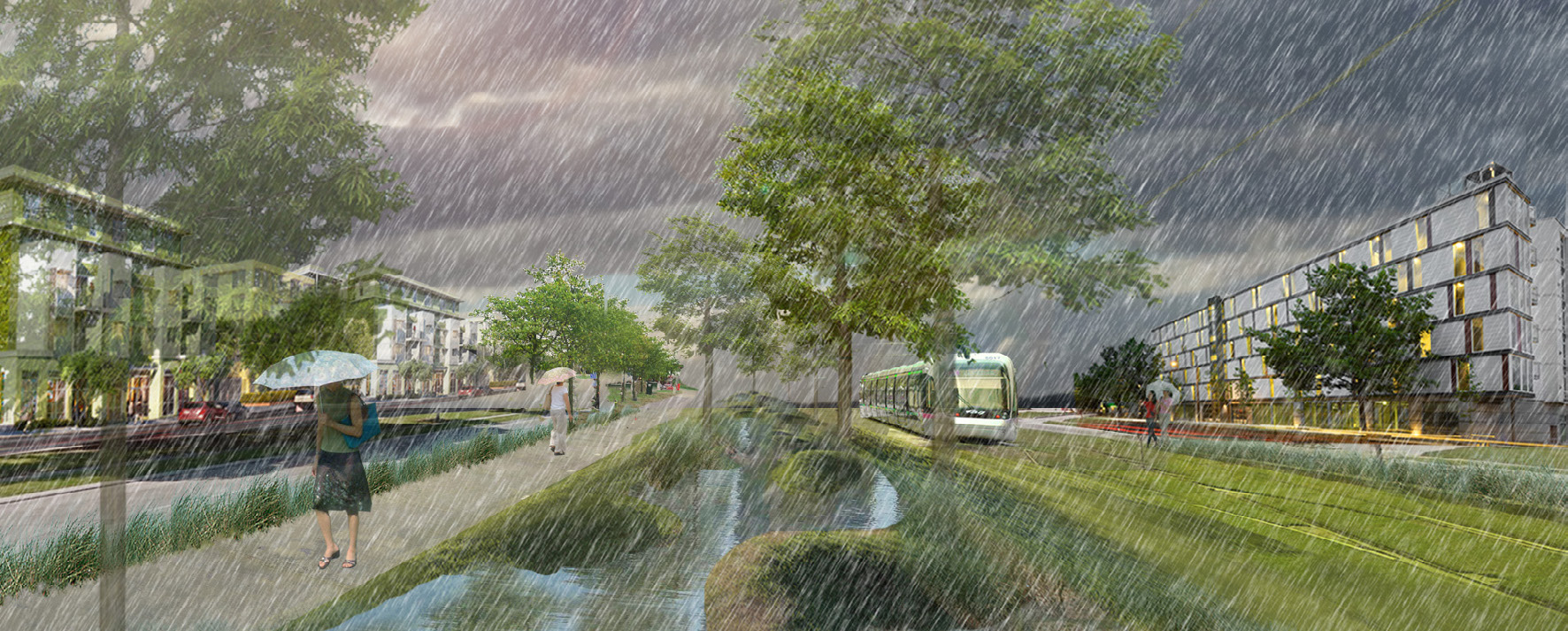All droughts are not created equal

“Every time I pray for rain, I'm afraid the Lord will give me what I deserve, not what I want."
—Brooks Gunter, farmer, the Texas Panhandle (from The Washington Post)
Texas is better prepared for drought now than it was in the 1990s; however, the state is less ready for a repeat of the drought of record—or worse—than it was 20 plus years ago. If that sounds counterintuitive, it’s because all droughts are not created equal.
Before the mid-‘90s, two decades of cooler and wetter weather lulled Texas into complacency, turning the Dust Bowl and the Drought of the 1950s into hazy, distant memories. The drought of 1996 was an abrupt wake-up call.
That drought—the one that fundamentally changed water planning through 1997’s Senate Bill 1—was mild compared to what Texas has been through since. But at the time, with only weeks of water left for several small communities, the drought’s impacts earned statewide and national attention. In response, Lieutenant Governor Bob Bullock led the legislature to change water planning—and the water culture—in Texas by steeping stakeholders into every aspect of water, creating a mouthy bottom-up approach rather than the toothless top-down decreeing.

This system of bottom-up planning, financing, and drought response has worked brilliantly. Texas has suffered far worse droughts since 1996, including the worst one-year state-wide drought on record and the second-worst overall drought (2011 to 2015). Setting aside agricultural and environmental impacts, Texas faired reasonably well with no communities running out of water (although if you want to fight about Spicewood Beach, I’ll meet you out back).
But this brilliant system is not without its flaws.
With each state water plan published since the passage of Senate Bill 1, Texas has fallen farther and farther behind in being ready for The Big One. For example, water needs in the first planning decade for a drought of record have doubled from 2.4 million acre-feet in the 2002 State Water Plan to 4.8 million acre-feet in the 2017 plan. The state-wide drought of 2011 to 2015 was pretty dang bad, but it would have had to burn for two more years to match the drought of the 1950s. With Wichita Falls’ reservoirs evaporating before their eyes and many West Texas towns losing or at risk of losing their water supplies, we narrowly avoided economic and humanitarian disasters across the state.
Part of the problem is that drought resiliency is a moving target. As Circle of Blue’s article, “When it Rains, Texans Forget Drought and Worsening Water Scarcity,” notes, the growing number of Texans in the bedroom counties circling our urban cores rocks one side of the water-planning equation while drought hard places the other side. And as Central Texas and other parts of the state discovered, a drought of record can be easily out-droughted
To make matters worse, drought is now a moving target as well. In a warming climate, runoff and recharge generally decline while drought becomes more and more likely. A recent paper published in Earth’s Future states that, in the second half of this century, Texas’ climate could rival the driest periods seen over the past 1,000 years. Even setting aside climate change, tree ring data shows that Texas has suffered far worse droughts than the ones we’ve had over the past 150 years of the record.
As Benjamin Franklin didn’t exactly say: “Nothing is certain in Texas except death, taxes, and drought.” Accordingly, if there’s one thing Texans know, it’s the importance of water. And Texas has done some fantastic stuff for drought resiliency, including regional water planning, stakeholder processes, drought management plans, water conservation plans, and financing the state water plan. But we’re still vulnerable to The Big One, and The Big One—or worse—becomes more likely every day.
To get what we want—drought resiliency—we’ll need to do more, such as implementing the plan we have, getting more creative about water supplies such as with One Water, and taking a closer look at (and planning for) what’s in front of us. At the very least, it’s what Texas and Texans deserve.
Editor’s Note: The Circle of Blue story, “When it Rains, Texans Forget Drought and Worsening Water Scarcity,” is part of a 5-part digital print and podcast series, “Water, Texas.” You can listen to the first podcast on SoundCloud, iTunes, and Spotify.
Robert E. Mace is the executive director of The Meadows Center for Water and the Environment and professor of practice in the geography department, Texas State University, where he leads efforts to better understand water and the environment. Robert has a B.S in geophysics, an M.S. in hydrology from the New Mexico Institute of Mining and Technology, and a Ph.D. in hydrogeology from The University of Texas at Austin.
Editor's note: The views expressed by contributors to the Cynthia and George Mitchell Foundation's blogging initiative are those of the author and do not necessarily represent the views of the foundation. The foundation works as an engine of change in both policy and practice, supporting high-impact projects at the nexus of environmental protection, social equity, and economic vibrancy. Follow the Mitchell Foundation on Facebook and Twitter, and sign up for regular updates from the foundation.

Hide Full Index
Show Full Index
View All Blog Posts